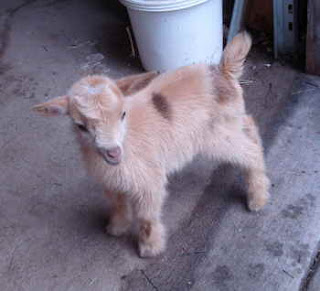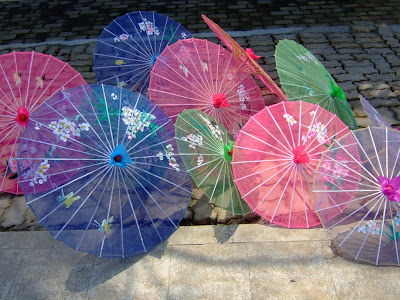The most effective anti-aging product on the market today also prevents skin cancer and sunburns. Can you guess what it is? If you said, sunscreen, you're absolutely right. And with summer fast approaching, you should apply a shot-glass portion (or 2 tablespoons) of it on your exposed skin every two hours throughout a sunny day. Most of us don't reapply sunscreens as we should. And with so many brands available, which one should you choose? Well believe it or not, it's not always the fancy, overpriced variety that offers the most protection. Fortunately for consumers, two of the sunscreens rated best, are store brands and relatively inexpensive:
Consumer Reports tested 12 sunscreens and found 4 to be superior. The top performers all (1) provided great UVA and UVB protection, (2) were water-resistant and (3) met their SPF claims. Other considerations included (4) smell and (5) greasiness. The top 4 were judged to be pleasantly scented and left little residue on the skin.
They are:
Target's Up & Up Sport Continuous SPF 30. - It's a spray and costs $0.88 per ounce.
Walgreens' Sport Continuous SPF 50. - Also a spray. Cost $1.33 per ounce.
Banana Boat Sport Performance Continuous SPF 30 - A spray. Cost $1.60 per ounce.
Aveeno Continuous Protection SPF 50 - A spray. Cost $2.00 an ounce.
They are:
Target's Up & Up Sport Continuous SPF 30. - It's a spray and costs $0.88 per ounce.
Walgreens' Sport Continuous SPF 50. - Also a spray. Cost $1.33 per ounce.
Banana Boat Sport Performance Continuous SPF 30 - A spray. Cost $1.60 per ounce.
Aveeno Continuous Protection SPF 50 - A spray. Cost $2.00 an ounce.
Most dermatologists agree on the following: Sunbathing is bad. When you do go out, wear protective clothing and hats. Buy sunscreens with an SPF of at least 30. Get a formula that's water-resistant. Consumer Reports says the ingredient avobenzone absorbs more UVA radiation than do alternatives like titanium dioxide.
And I'll add, make sure your sun protection smells and feels good to you so you will wear it.
And I'll add, make sure your sun protection smells and feels good to you so you will wear it.
Now for a confession: Although doctors say a SPF 30 is best, I sometimes use SPF 15 because it's not as thick or greasy. My favorite is Oil of Olay lotion for sensitive skin, with SPF 15 and UVA and UVB protection. I also like Neutrogena Ultra Sheer Dry-Touch Sunblock SPF 30 and Walgreens Sensitive Skin Sunscreen Lotion SPF 70+. None of these made Consumer Reports' Top 4.
Here's my reasoning for using the SPF 15: If your skin will burn in 10 minutes in the afternoon sun without any sun protection, and you applied a sunscreen with an SPF 15, you have 15 x 10, or 150 minutes (2.5 hours) before you'll burn. This still seems like good coverage to me.
The Percentage of Protection from damaging UV rays that you get by increasing the SPF is:
SPF 15 = 93%
SPF 30 = 97%
SPF 50 = 98% – So this one isn't worth the extra money, but when you get value buy it.
So friends, SPF 30 rules. Listen to your doctor to be safe. Enjoy the easy, breezy, long days ahead.
You may also enjoy:



























